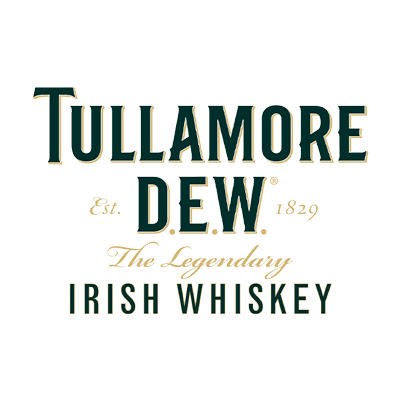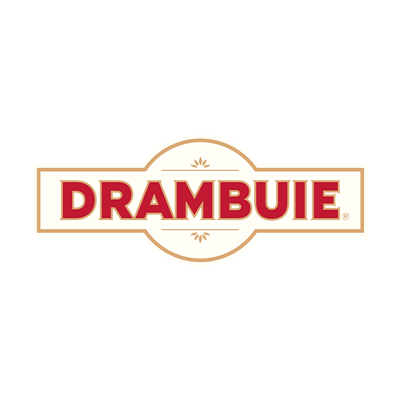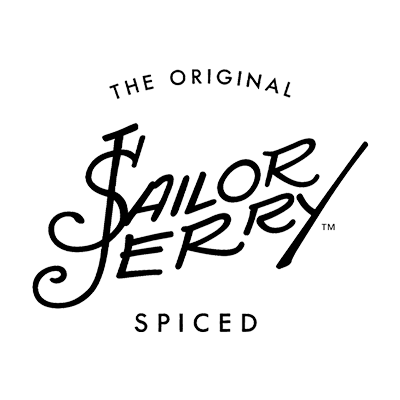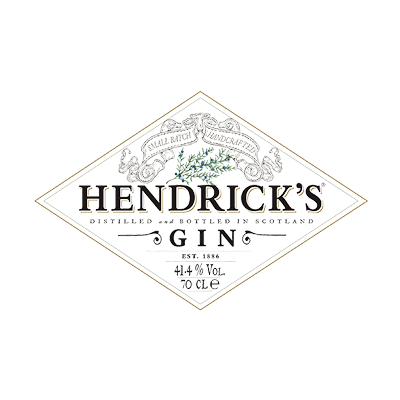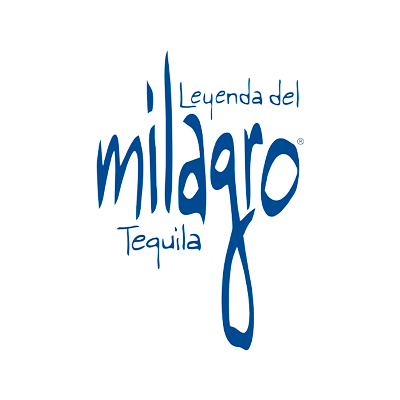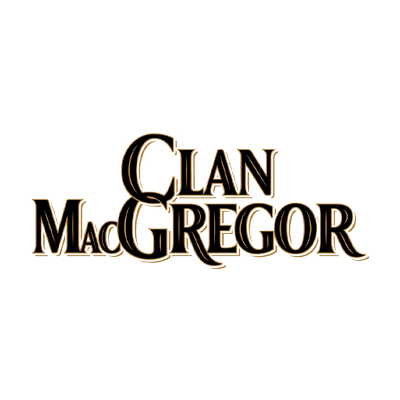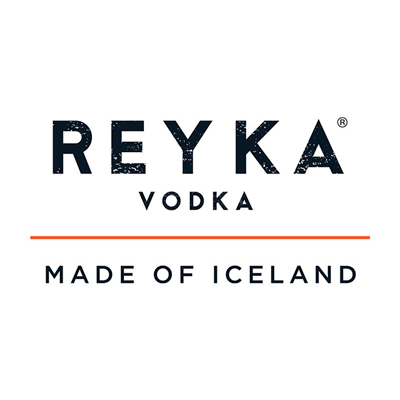With a unique combination of an alchemy of natural ingredients and centuries of experience, The Balvenie is the ultimate single malt whiskey.
THE BALVENIE is a collection of single malt whiskeys created by Blender David Stewart. Each taste is unique, but invariably distinguished by a rich bouquet, luxurious softness and a characteristic delicate honey aroma. A true maestro of his craft, David Stewart prefers to age the whiskey in different barrels and experiment with aging times to achieve new, sophisticated interpretations of the traditional taste of The Balvenie. We created and continue to create whiskey, based on the skills and experience of our masters gained over the years, who, like no one else, understand what high-quality raw materials are and how to create the best whiskey. It is this synthesis of experience, craftsmanship and dedication that creates the unique character of The Balvenie.
THE BALVENIE is a single malt distillery in Scotland that still grows and produces its own barley malt. For many years now, we have been sowing barley annually on 1,000 acres of our own Balvenie Mains farm. Our only concession to the 21st century was the use of a combine harvester at the time of harvest. Other than that, barley is grown in the same way as before.
THE BALVENIE is the only distillery in the Highlands of Scotland to maintain the tradition of current malting in its own malt house. After soaking the grain in spring water from the hills near the distillery, it is spread over the floor of the malt house. When germinating, the barley heats up, and it is necessary that this process takes place evenly. Four malt-keepers turn it four times a day until it's time to dry. Drying is carried out with hot smoke obtained from the combustion of anthracite and a strictly defined amount of peat, which adds complexity to the aroma of our whiskey. Of all the details that shape the taste of The Balvenie whiskey, the size and quality of the distillation apparatus is one of the main ones. Thanks to the tireless work and attentive care of our coppersmith, we can be sure that this voluminous and essential equipment in our craft is kept in perfect condition.
Fortunately, we don't have to service our machines too often. But every time this happens, our coppersmith cuts off a few branches of juniper and makes sure that we boil the berries in machines before using them further, so that a sweet aroma remains on the walls. How many berries do you need and how long do they boil? A good handful and until you get bored! Our coppersmith constantly says that “there is no wisdom here,” but if one day (God forbid!) We forget about this procedure, we will not be able to achieve the traditional taste of our whiskey.
The quality of the casks is very important for the formation of the unique taste of The Balvenie whiskey, therefore we trust their service only to our own masters of the cooper's workshop. Firing barrels is not an easy procedure: the pores of the wood must open and the deep layers must remain intact. And this is not the only challenge facing the coopers. Every day they work on the manufacture, repair, filling and sealing of barrels. Professional training lasts 4 years, but our masters come to true perfection after years of hard work.
From which barrels will we get our famous The Balvenie DoubleWood, and which of them can we take a nap for another ten years? Which whiskey should be kept in oak barrels from the wine cellar, impregnated with the aroma of Oloroso sherry? If it weren't for David Stewart, our distillery master, we would be hopelessly confused in all these subtleties! Thanks to the unsurpassed craftsmanship of David Stewart, each sample of our whiskey is a magical composition of three elements: alcohol, wood and time. A lot of experience is required to maintain the traditions at The Balvenie distillery, and our master manages to maintain the perfect balance between the familiar way of life and innovations over and over again: it is he who seeks to find more and more clues to unraveling the mystery of this amazing drink. For 54 years of professional activity, this search has become for David truly a matter of life.


